Prevent soil erosion, harmful pests, and hungry wildlife from damaging your fruit trees. Knowing which companion plants to grow around your fruit trees will keep them growing healthy and less susceptible to insect and animal invasion.
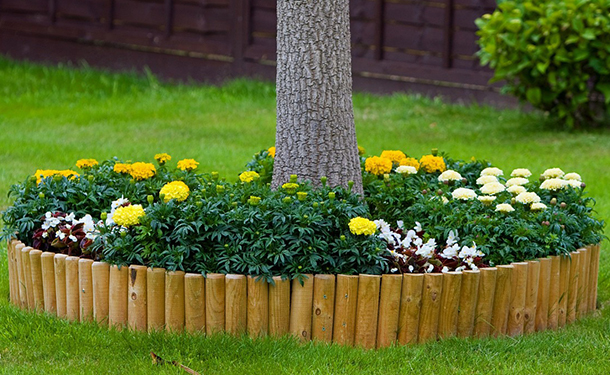
thetreecareguide.com gathered essential information on several highly beneficial companion plants to grow around your fruit trees.
What Do Companion Plants Do?
Planting companions to lure beneficial insects is called “habitat influence.” Companion plants attract beneficial insects so those bugs can feed on the bad, predatory, and destructive pests that would otherwise damage or destroy the fruit trees you want to protect. The practice of companion planting also benefits the surrounding soil by preventing erosion and – in many cases – fixing nitrogen. The most beneficial companion plants for fruit trees include:
Geraniums (Pelargonium)
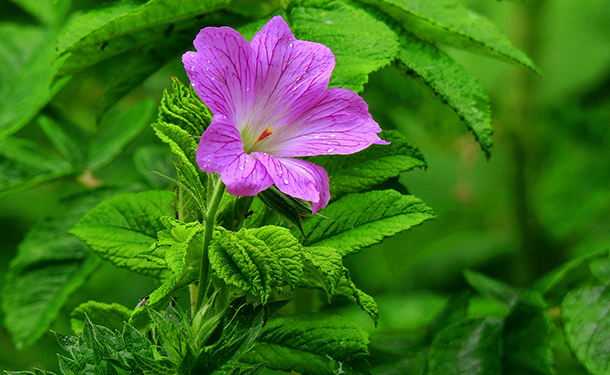
Geraniums are known for their aromatic, green foliage, with their fragrance varying from plant to plant. This flowering plant can be found growing throughout the temperate regions of the world.
Size at Maturity – This species reaches 5 to 36 inches in height, depending on the variety
Benefits as a Companion – Geraniums are known to repel highly destructive insects like earworms, cabbageworms, and Japanese beetles
Attracts – Geraniums attract bees, butterflies, and hummingbirds
Repels – Geranium repels a variety of insects, including mosquitos and leafhoppers
Hardiness Zone – 3 through 9
Chamomile (Matricaria chamomilla)
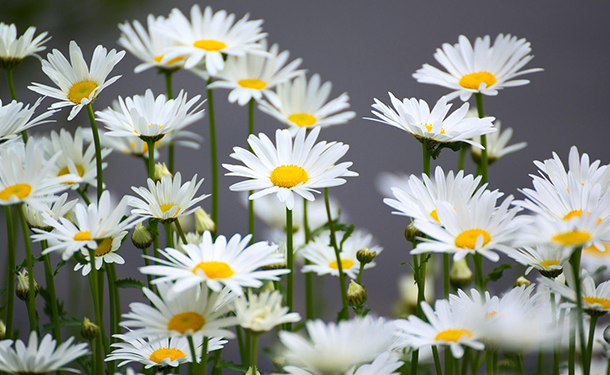
Chamomile, also spelled camomile, is any of various daisy-like plants from the aster family (Asteraceae). Chamomile tea, used as a tonic, an antiseptic, and in multiple herbal remedies, is made from English or Roman, chamomile (Chamaemelum nobile) or German chamomile (Matricaria chamomilla).
Size at Maturity – This species reaches 24 inches in height
Benefits as a Companion – Its anti-bacterial and anti-fungal properties have been applied for centuries in herbal gardening to support the healthy growth of trees, vegetables, and other annuals. Using chamomile as a companion plant is easy, effective, and packed with benefits for you and your fruit tree
Attracts – Hoverflies, beneficial wasps, ladybugs, and honey bees are attracted to chamomile
Repels – Chamomile repels ticks, mosquitoes, and flies
Hardiness Zone – 3 through 9
Wildflowers (Multiple species)
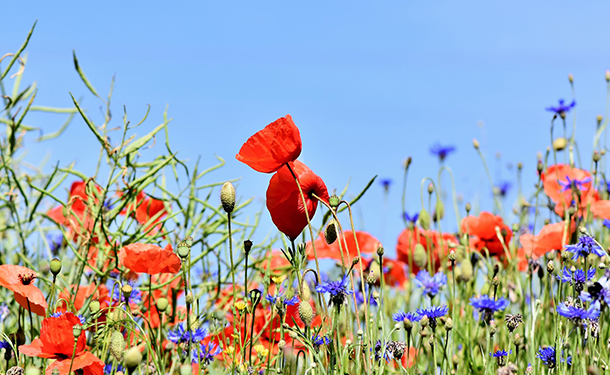
Wildflowers are flowers that grow without any help or intervention from people, growing naturally in their environment. Some may grow wildflowers in their garden, but most wildflowers are native plants and grow in woods, meadows, wetlands, or anywhere they adapted to grow.
Size at Maturity – Wildflowers reach a few inches to a few feet in height, depending on the species and variety
Benefits as a Companion – Wildflowers provide critical habitat for pollinators, beneficial insects, and wildlife, which is crucial for ecosystem function and pollination. Wildflowers can also improve soil health, prevent erosion, and improve water quality
Attracts – Bees, butterflies, hoverflies, and ladybugs which help to increase harvests and keep common pests like aphids under control
Repels – Flowers like daisies, red clovers, poppies, and wild carrots can act as natural pesticides by attracting useful (predatory) insects to repel nuisance pests
Hardiness Zone – All zones have cold-hardy wildflower species
Lavender (Lavandula)
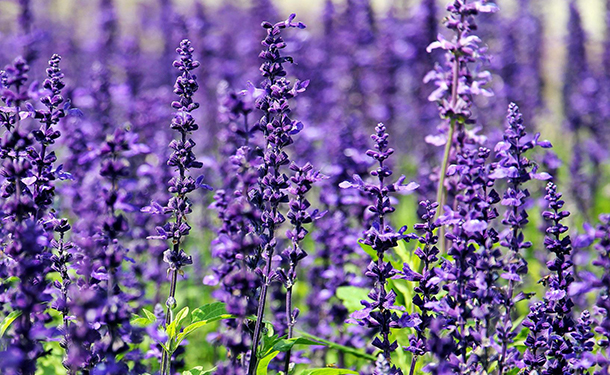
Lavender is one of the most beloved floral scents we use today. Its soft purple buds symbolize grace, calmness, and even luxury. Lavender is so synonymous with serenity that it is associated with the crown chakra, known for its spiritual connection.
Size at Maturity – This species reaches 2 to 3 feet in height
Benefits as a Companion – Lavender attracts a variety of pollinators and deters rabbits and deer
Attracts – Lavender attracts butterflies, bees, and other beneficial insects to the garden, making it an excellent choice for a fruit tree companion
Repels – beetles, moths, fleas, mosquitos, flies, nematodes, rabbits, and deer
Hardiness Zone – 5 through 9
Marigolds (Tagetes)
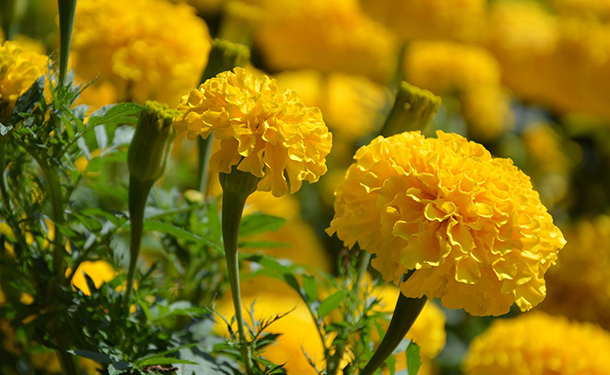
Marigold flowers consist of multiple overlapping petals that get smaller and more condensed towards the flower’s center, similar to a carnation. The blooms may be single or double colored and can appear in varying yellow, orange, red, and maroon hues.
Size at Maturity – This species reaches 6 to 24 inches in height, depending on the variety
Benefits as a Companion – Marigolds attract bees, butterflies, and other pollinators. They attract predatory insects, like ladybugs, that feed on aphids and other pests. The limonene in marigolds can deter whiteflies, and the plant’s roots secrete chemicals that kill nematodes
Attracts – Spider mites, snails, bees, Japanese beetles, butterflies, and other beneficial pollinators
Repels – Whiteflies, nematodes, mosquitos, cabbage worms, squash bugs, tomato worms, wasps, and spiders
Hardiness Zone – 2 through 11
Best Companion Plants for Fruit Trees
In this article, you discovered species information on some of the most beneficial companion plants for your fruit trees.
Knowing what to plant around your fruit trees can help you improve soil structure, attract beneficial pollinators, and deter pesky insects and wildlife.
Not knowing about companion plants can leave your fruit trees susceptible to soil erosion, insect infestations, and reduced crops from poor pollination.
Sources:
scholar.lib.vt.edu/ejournals/JARS/v50n3/v50n3-dancer.html
ucanr.edu/blogs/blogcore/postdetail.cfm?postnum=17642
extension.umn.edu/planting-and-growing-guides/companion-planting-home-gardens
womensconference.byu.edu/sites/womensconference.ce.byu.edu/files/49e_1.pdf
erc.cals.wisc.edu/healthylakesgrants/files/2020/06/NativePlantCompanionGuide.pdf